Buying your first home is exciting—but it’s also when most people make their biggest mistakes. There’s a lot that can look fine on the surface but end up costing you thousands down the road. Here are 12 real estate red flags that first-time buyers tend to overlook—and why ignoring them can lead to serious regret.
1. Fresh Paint Over Old Problems

New paint can make a home feel clean and updated, but it’s also a common trick to cover up water stains, cracks, or mold. Always ask why something was recently painted—and check behind it if you can. A cosmetic touch-up shouldn’t distract from real structural concerns.
2. Odd Smells—or Too Much Fragrance

If the home smells strongly of air fresheners or candles, be cautious. Sellers often use scents to hide pet odors, mildew, or smoke damage. Trust your nose—if something feels off, it probably is.
3. Poor Drainage Around the Foundation
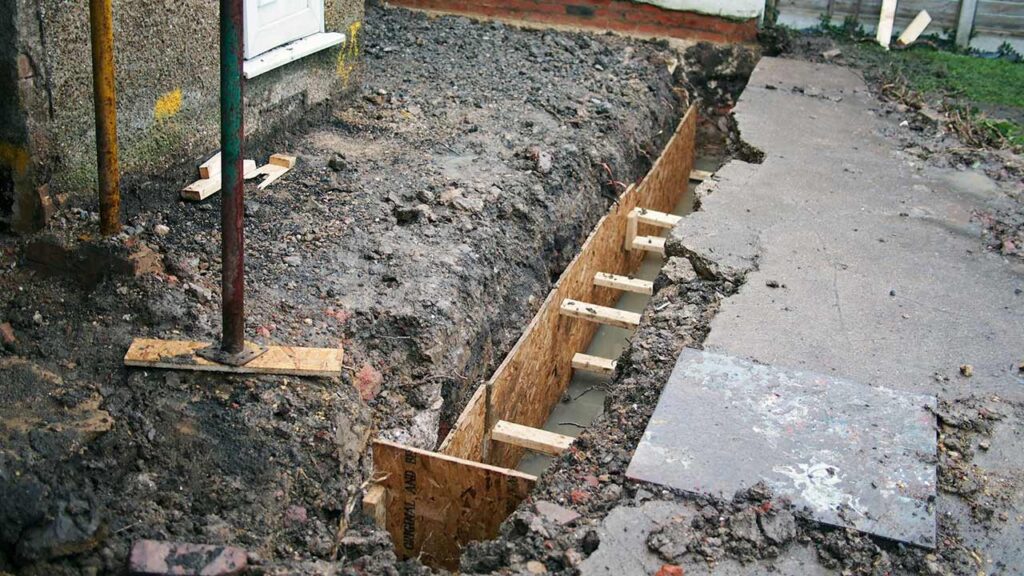
Water pooling near the house or sloping soil toward the foundation is a major red flag. It often leads to basement leaks, foundation cracks, or long-term structural damage. Walk the perimeter during your visit, especially after rain.
4. Doors That Don’t Close Properly

Sticky doors or windows that don’t shut smoothly can signal foundation movement. If one or two doors are off, it might just be wear and tear. But if it’s consistent throughout the house, you’re likely dealing with shifting or settling issues.
5. No Permits for Renovations

If a home has new additions, a finished basement, or major remodels, always ask if permits were pulled. Unpermitted work can void insurance coverage and create legal problems when you sell. You might end up paying to fix someone else’s shortcuts.
6. Signs of Pest Damage
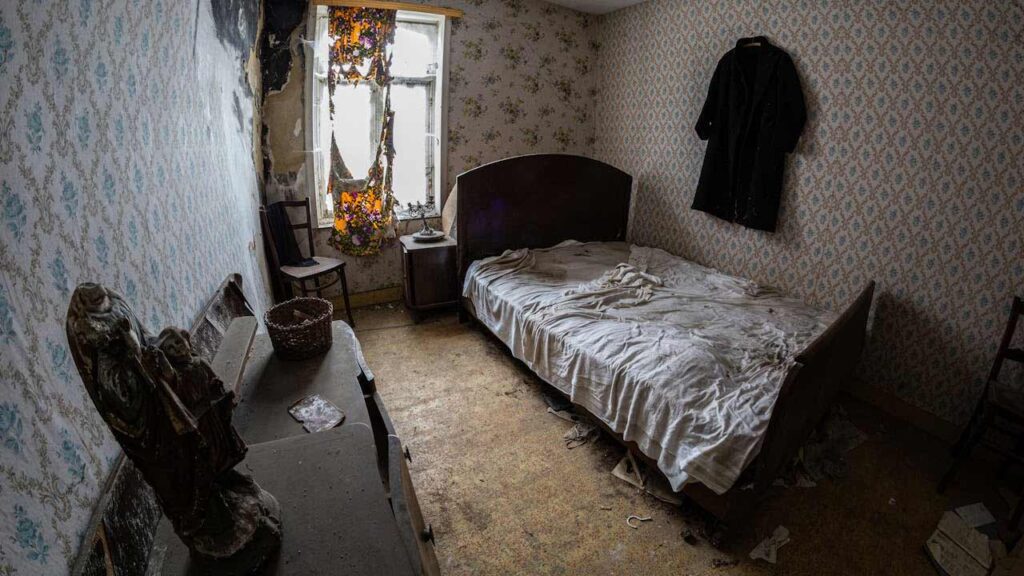
Look closely for termite tracks, chewed wood, or droppings in corners or basements. Pest issues can be expensive and hard to fully eliminate once they’ve taken hold. A clean-looking home doesn’t mean it’s pest-free—especially if it’s been vacant for a while.
7. Roof That’s “Still Got a Few Years Left”
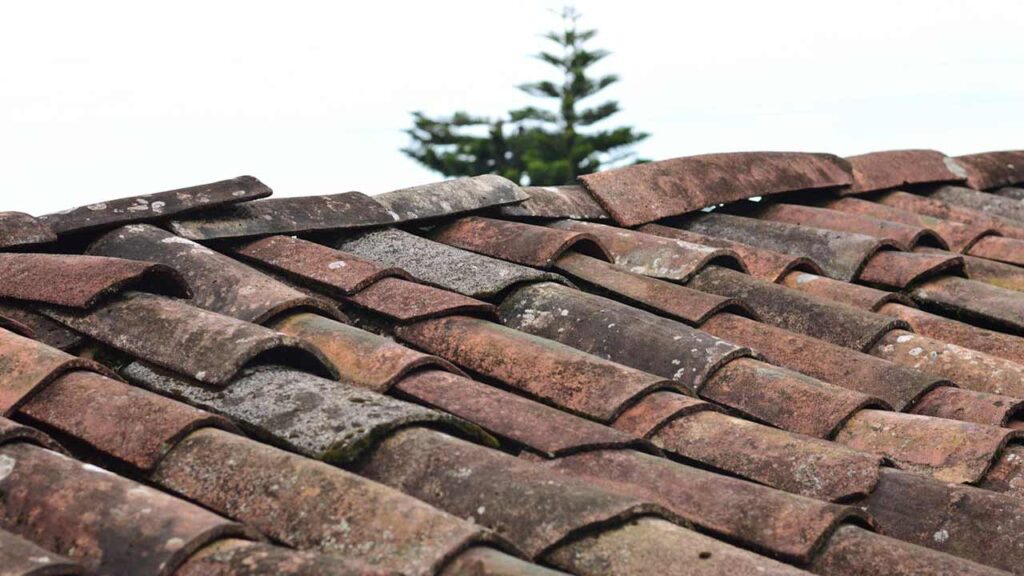
When sellers say a roof is “fine for now,” that often means you’ll be replacing it soon. Roofs are one of the biggest post-purchase expenses. If it’s more than 15–20 years old, budget for replacement even if it hasn’t started leaking yet.
8. Old HVAC or Water Heaters
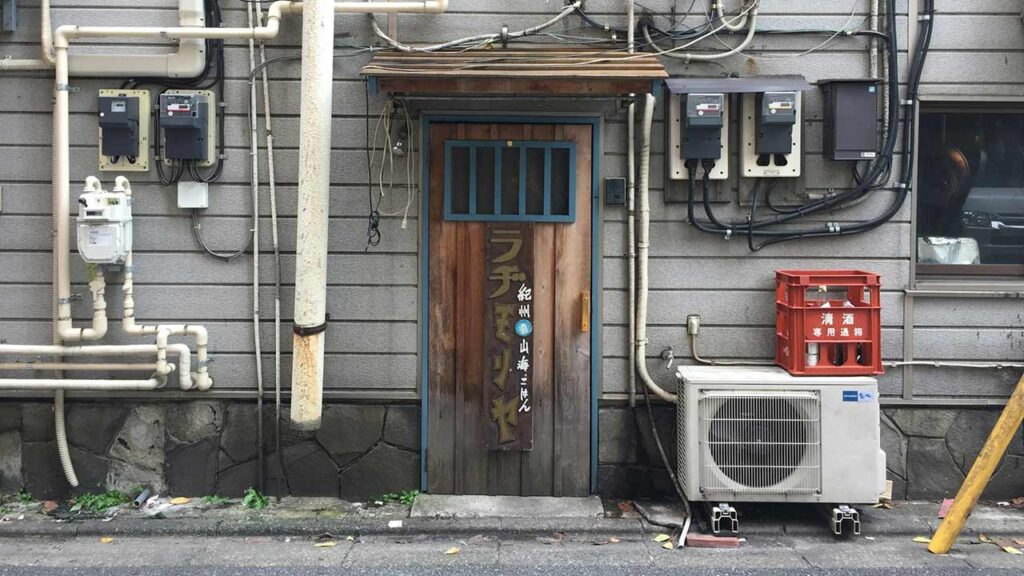
These systems aren’t exciting to shop for—but replacing them is expensive. Ask the age of the furnace, AC, and water heater. If they’re pushing the end of their life cycle, they’ll likely need attention soon after closing.
9. Cracks in the Driveway or Foundation

Small hairline cracks are normal in concrete, but wide, uneven, or growing cracks could signal foundation problems. These are costly to fix and can affect the whole structure of the home.
10. Neighborhood Red Flags
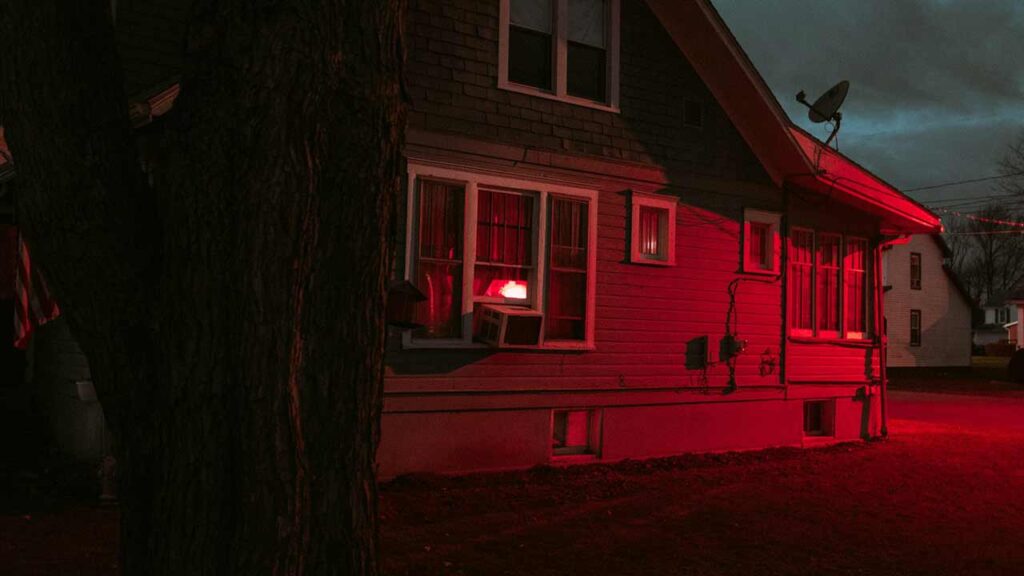
The house might look great, but what about the area? Look for signs of neglect nearby—abandoned cars, boarded-up homes, or overgrown lots. A beautiful home in a struggling area is still a risky investment.
11. Too Many Homes for Sale Nearby
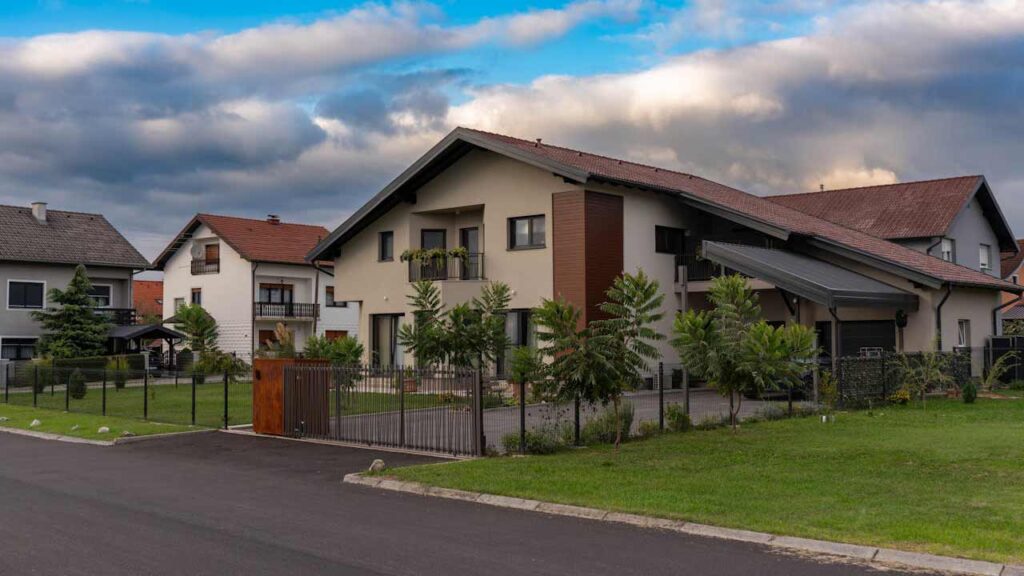
If multiple homes on the same street are listed or recently sold, ask why. It could be a coincidence—or it could signal noise issues, upcoming zoning changes, or something about the area people are trying to leave.
12. A Price That Feels Too Good

Sometimes the price is low for a reason. There may be hidden repair needs, liens, or neighborhood issues you haven’t uncovered yet. Cheap isn’t always a deal—make sure you’re not stepping into a money pit.
The Bottom Line
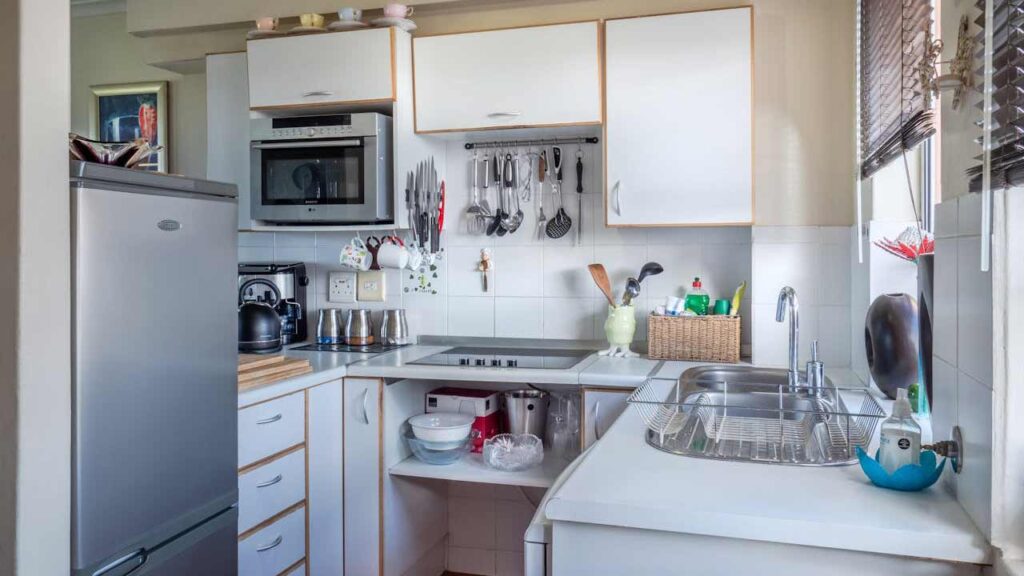
First-time buyers often focus on what looks good instead of what really matters. A clean kitchen or fresh carpet can hide deeper issues that won’t show up until you’ve already moved in. Taking time to dig deeper—and asking the right questions—can save you a fortune and a lot of stress.

Alexander Clark is a financial writer with a knack for breaking down complex market trends and economic shifts. As a contributor to The Daily Overview, he offers readers clear, insightful analysis on everything from market movements to personal finance strategies. With a keen eye for detail and a passion for keeping up with the fast-paced world of finance, Alexander strives to make financial news accessible and engaging for everyone.


